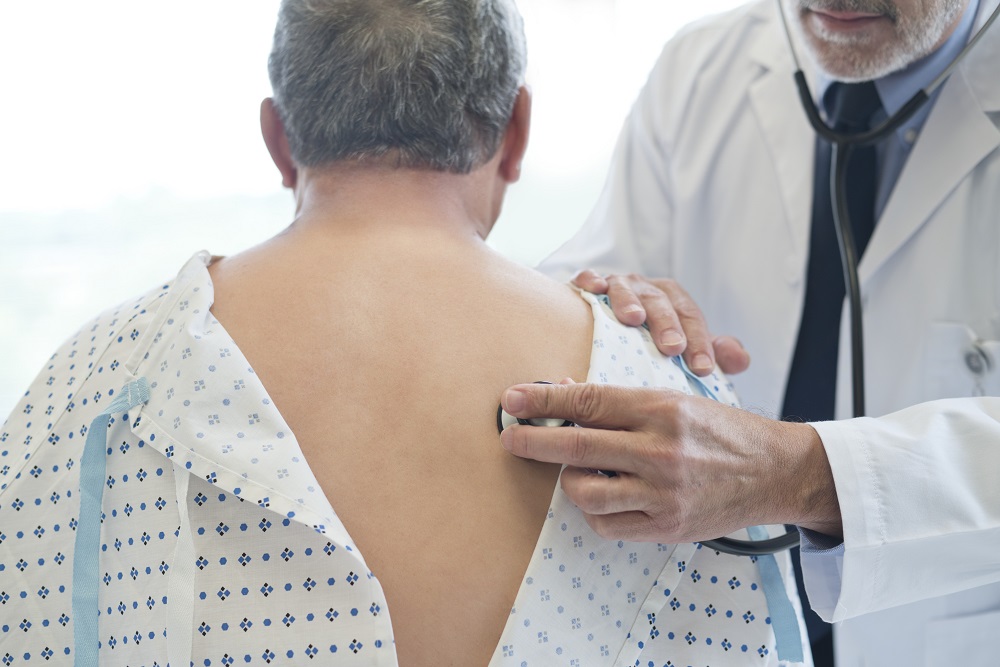Post-COVID lung disease includes 3 different subtypes or subgroups that potentially require separate and different management, according to a study published in the European Respiratory Journal.
Consequences of prolonged multi-organ symptoms and complications from COVID-19 infection are a growing health concern. Residual organ damage post-COVID-19 range from self-limited abnormalities to major lung diseases. Histological evaluation of lung tissue may reveal peculiar morpho-phenotypical changes which may help aid clinicians in understanding of pathogenic mechanisms and in providing appropriate therapy, the researchers noted.
In the current study, researchers examined the morphologic and immuno-molecular features of transbronchial lung cryobiopsies performed in patients with persistent lung disease after recovery from severe acute respiratory syndrome coronavirus 2 (SARS-CoV-2) infection. From January through March 2021, investigators conducted a comparative, prospective, observational study of adult patients referred to multiple centers for suspected pulmonary sequelae after COVID-19. All patients had recovered from COVID-19-related pneumonia at least 30 days prior, although none had been intubated, and had persistent lung involvement on high-resolution computed tomography scans and persistent respiratory and/or systemic symptoms. Most patients reported fatigue and low grade fever, with some reporting joint and muscle pain and depression.
Continue Reading
Of the 164 referred patients, investigators conducted extensive analysis of 10 patients with parenchymal lung disease (extent >5%) who underwent lung biopsy. The researchers found that the histological pattern was not homogeneous among the patients; they noted 3 different “case clusters” characterized by specific clinical and radiological features. Cluster 1 (“chronic fibrosing”; n=2) was characterized by post-infection progression of pre-existing interstitial pneumonias, cluster 2 (“acute/subacute injury”; n=5) was characterized by different types and grades of lung injury ranging from organizing pneumonia and fibrosing nonspecific interstitial pneumonia to diffuse alveolar damage, and cluster 3 (“vascular changes”; n=3) was characterized by diffuse vascular increase, dilatation, and distortion of capillaries and venules within otherwise normal parenchyma. In particular, clusters 2 and 3 were characterized by immunophenotypical changes similar to those observed in early/mild COVID-19 pneumonias.
To date, this study appears to be the first correlating histological/immunohistochemical patterns with clinical and radiological pictures of patients with post-COVID lung disease. The researchers concluded that a multidisciplinary evaluation of patients with suspected long-COVID lung disease is needed to potentially characterize their phenotype and thereby provide insight into the most appropriate therapeutic interventions for managing a given patient.
This study was limited by its small sample size, short time frame, and the lack of baseline pulmonary patient data.
Reference
Ravaglia C, Doglioni C, Chilosi M, et al. Clinical, radiological, and pathological findings in patients with persistent lung disease following SARS-CoV-2 infection. Eur Respir J. Published online March 17, 2022. doi:10.1183/13993003.02411-2021
This article originally appeared on Pulmonology Advisor
this content first appear on medical bag


I don’t think the title of your article matches the content lol. Just kidding, mainly because I had some doubts after reading the article.